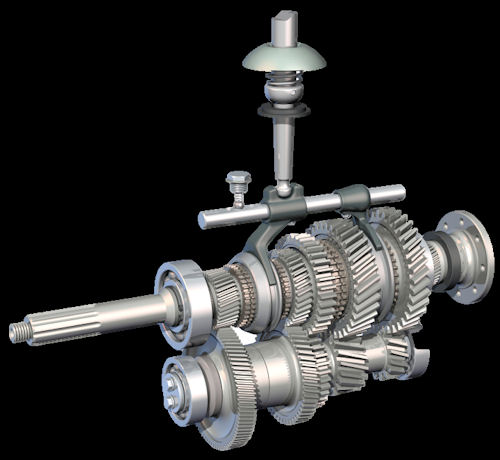Check it Out: CAD and the Need for Design Agility
Latest News
December 4, 2001
By Anthony J. Lockwood
Note: Updated on September 28, 2012, to reflect a new URL.
Dear Desktop Engineering Reader:
Technology, like politics, has its RWars (R=religious), doesn’t it? Think of all the autodidacts, nitwits, sincere, and zealots who fervently argue that their choice of operating system, smartphone, and browser is best. For everyone, apparently.
Engineering software is not above such rancor. And perhaps nowhere is hot-blooded advocacy for a cause more pronounced that it is with CAD software. Oddly, this argument is not so much my product, X, is better than Y, yours. Rather, it’s a philosophical argument: To direct model or parametric model? That is the question dividing many CAD users, and there are powerful arguments in support of both design approaches. In “CAD and the Need for Design Agility,” Chad Jackson argues that a third path, driven by technological innovation, offers solution that deprives each side of this debate of its core argument against the other while simultaneously solving a number of long-standing drags on engineering’s time.
Argues is not the right word. Jackson states. He’s not one to stoop to conquer through overblown rhetoric, misrepresenting viewpoints, or trash talk. Formerly of Aberdeen Research and now founding industry analyst for Lifecycle Insights, an independent firm focused on engineering strategies, Jackson relies on straight talk and common sense to make his case. He states it well.
Jackson’s basic premise is that agility – iteration, exploration, and the accumulation of knowledge—drive design innovation. Innovation, however, is frequently thwarted by the very technologies engineers use to innovate: Traditional parametric CAD resists changes late in process when they are often most critical, direct modeling leaves no in-context audit trail of changes vital to many manufacturers and applications, and imported models are void of design intent and require vast rework to make them living models. Overcoming any of these limitations robs the engineer of time to iterate, explore, and learn about a design.
A third path, argues Jackson, address these issues and, by doing so, gives back time for engineers to explore alternatives that, ultimately, result in better designs and better products. Jackson envisions a confluence of emerging technologies that unite parametric and direct modeling with the ability to record the changes made to parametric models through direct modeling techniques. Then, this union is combined with technology that recognizes the design intent underlying the geometry in imported models. A CAD system offering engineers such a nimble suite of capabilities would eliminate road blocks, time barriers, and other impediments to innovation through iteration, exploration, and the accumulation of knowledge.
In “CAD and the Need for Design Agility,” Jackson has provided us with a well-reasoned, well-written analysis of and suggested solution to a critical issue in the design process. That this commentary lacks the hyperbole and overweening bombast relied on by many CAD RWars participants enhances its strength. You can check out Chad Jackson’s full commentary from this link.
Thanks, Pal.—Lockwood
Anthony J. Lockwood
Editor at Large, Desktop Engineering
Subscribe to our FREE magazine, FREE email newsletters or both!
Latest News
About the Author
Anthony J. Lockwood is Digital Engineering’s founding editor. He is now retired. Contact him via [email protected].
Follow DE






